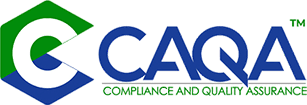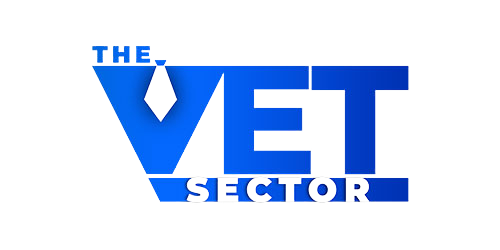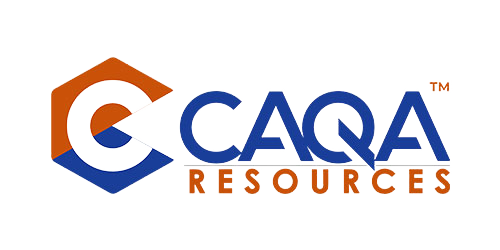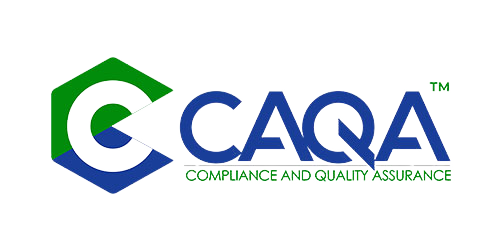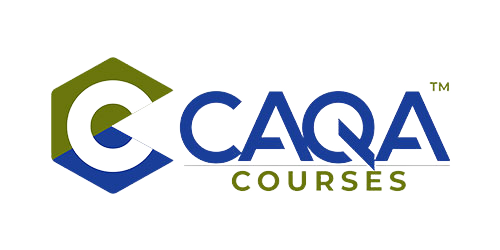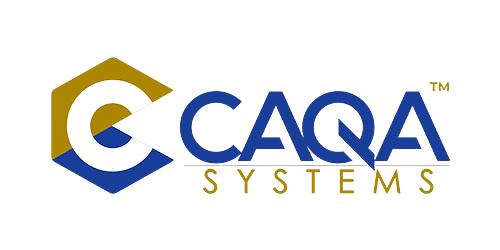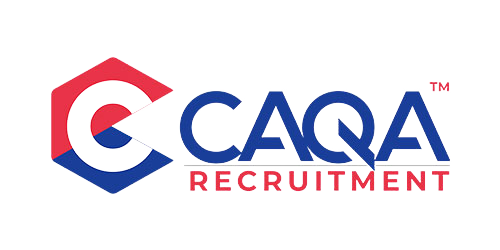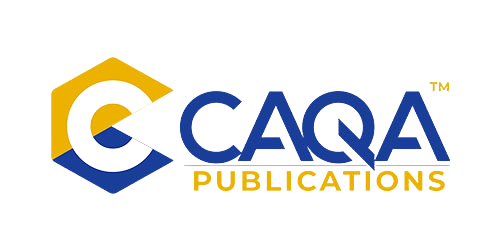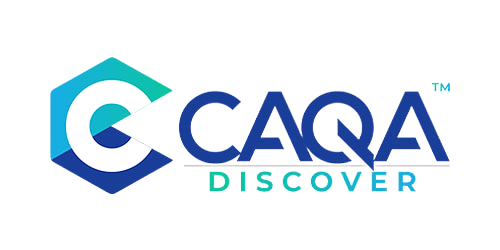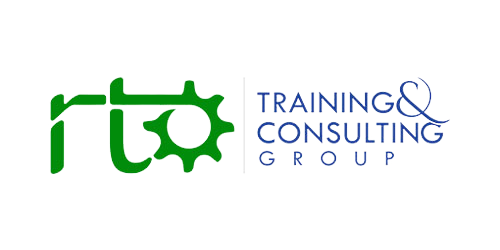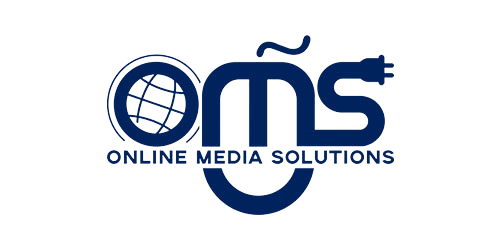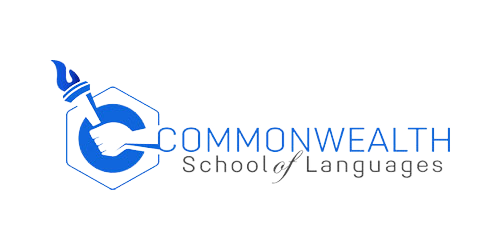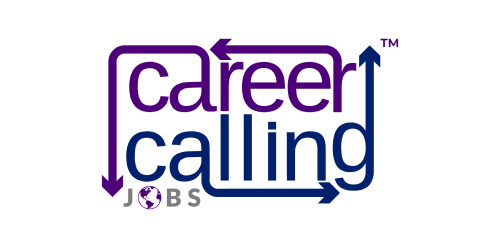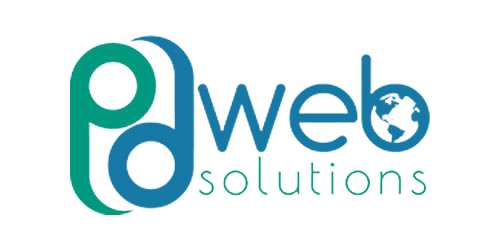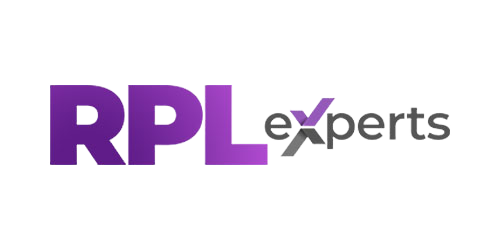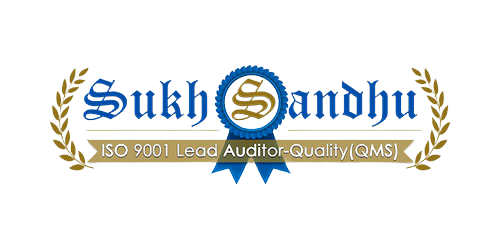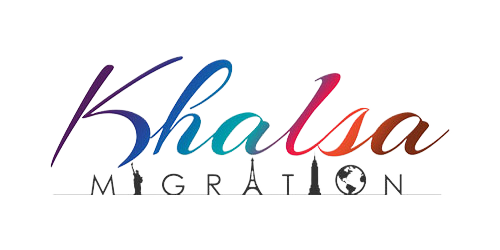In this next part of the series, we focus on advanced strategies for RTOs to avoid audit mistakes and ensure not only compliance but also improved overall performance. This article dives deeper into how RTOs can refine their audit preparation by focusing on areas such as developing strong internal systems, fostering a culture of continuous improvement, ensuring robust communication during the audit, and effectively addressing audit findings. The goal is to help RTOs not just pass audits but thrive by using the audit process as a tool for long-term success.
In the previous parts of this series, we discussed the most common audit mistakes RTOs make, such as creating evidence that doesn't match compliance requirements, leaving auditors unattended with evidence, and failing to prepare staff adequately. While these are critical points to address, RTOs can take their audit readiness to the next level by developing strong internal processes, adopting a culture of continuous improvement, and ensuring clear communication before, during, and after the audit. In this section, we will dive deeper into these areas, providing RTOs with a more holistic approach to audit success and ongoing compliance.
The audit process is more than just an opportunity to assess compliance; it is a chance to reflect on the organisation’s practices, make improvements, and ensure better outcomes for students. For RTOs that are truly committed to quality training and long-term success, audits are tools for growth, not just compliance checks. Let's explore how RTOs can enhance their audit processes with advanced preparation and continuous improvement strategies.
1. Developing Strong Internal Systems: The Foundation of Audit Success
An RTO's ability to pass an audit depends on the robustness and clarity of its internal systems. Internal systems serve as the backbone of an RTO’s operations, from training delivery to student management, record-keeping, and compliance tracking. Without strong, well-documented systems in place, RTOs will struggle to demonstrate compliance during the audit process.
Why Strong Internal Systems Matter:
- Clarity and consistency: A clear set of internal systems ensures that all staff members understand their roles and responsibilities, as well as the procedures to follow to maintain compliance. This consistency makes it easier to provide evidence and respond to audit questions.
- Efficient evidence management: Well-organised internal systems make it easier to gather and present the right evidence during an audit. Proper record-keeping and document management ensure that nothing is missed and that evidence is accessible when needed.
- Accountability and transparency: Clear internal systems enable RTOs to track their processes, identify areas for improvement, and maintain transparency with auditors. When systems are well-documented and easy to follow, auditors can more easily verify compliance.
How to Strengthen Internal Systems:
- Document and standardise procedures: Ensure that all processes—such as assessment, student support, and record-keeping—are clearly documented and accessible to staff. Use process maps, checklists, and flowcharts to create easy-to-follow systems.
- Conduct regular internal audits: Schedule periodic reviews of your internal systems to ensure that everything is working as intended and that any compliance gaps are identified and addressed before the official audit.
- Use technology effectively: Implement a Learning Management System (LMS) or other software tools to track student progress, manage evidence, and streamline compliance processes. Technology can help automate many aspects of compliance management and improve overall efficiency.
2. Fostering a Culture of Continuous Improvement
A culture of continuous improvement is essential for any RTO that wants to maintain high standards of training, assessment, and compliance. Rather than seeing audits as a one-time event, RTOs should view them as part of an ongoing process of improvement. Continuous improvement allows RTOs to refine their practices, address issues proactively, and ensure that their training and assessment methods are always aligned with industry standards.
Why Continuous Improvement Matters:
- Adaptability: A focus on continuous improvement allows RTOs to stay ahead of changes in industry needs, student expectations, and regulatory requirements. This adaptability makes it easier to comply with evolving standards.
- Proactive problem-solving: Instead of waiting for compliance issues to be flagged during an audit, continuous improvement ensures that issues are identified early and addressed before they become significant problems.
- Enhanced training outcomes: Continuous improvement leads to better training programs, more effective assessments, and improved student outcomes, which ultimately enhances the reputation and success of the RTO.
How to Foster a Culture of Continuous Improvement:
- Encourage feedback from all stakeholders: Regularly collect feedback from students, trainers, employers, and staff to identify areas for improvement. Use surveys, focus groups, and performance reviews to gather insights that can guide future changes.
- Implement quality assurance mechanisms: Use tools such as internal audits, peer reviews, and self-assessments to regularly evaluate training programs and compliance practices. Ensure that the results of these evaluations lead to meaningful changes and improvements.
- Train staff on quality practices: Ensure that all staff members are trained on continuous improvement techniques and understand their role in fostering a culture of quality. This can include training on how to provide constructive feedback, identify inefficiencies, and implement solutions.
3. Effective Communication Before, During, and After the Audit
Communication is a critical aspect of any audit process. Ensuring clear and effective communication between RTO staff and auditors helps the audit run smoothly and minimises misunderstandings. Good communication also ensures that all parties are aligned on expectations and outcomes.
Why Communication Matters:
- Smooth audit process: Clear communication helps avoid unnecessary delays and confusion. When everyone is on the same page, the audit process is more efficient, and the auditors can focus on evaluating compliance rather than seeking clarification.
- Addressing concerns promptly: If issues arise during the audit, effective communication allows RTOs to address them quickly and demonstrate that they are proactive in solving problems. This can help mitigate potential non-compliance findings.
- Post-audit improvement: After the audit, communication remains essential for implementing corrective actions, sharing audit results with staff, and ensuring that any changes are understood and followed by everyone in the organisation.
How to Communicate Effectively:
- Pre-audit briefings: Prior to the audit, provide clear information to all relevant staff about the audit process, what to expect, and how they should prepare. This ensures that everyone understands their role and can contribute to the audit process effectively.
- Engage auditors during the process: During the audit, maintain open communication with auditors. If something is unclear, ask questions or provide additional context to ensure that the auditors understand the evidence and processes being presented.
- Follow-up after the audit: After the audit, communicate the findings and any corrective actions required to all relevant stakeholders. Develop an action plan to address any non-compliance areas and share it with the team to ensure that improvements are implemented.
4. Addressing Audit Findings and Implementing Corrective Actions
Once the audit is complete, it is essential to address any findings or non-compliance issues promptly and effectively. The audit process should be seen as an opportunity to improve and refine your practices, not just a checklist of compliance requirements.
Why Addressing Findings Matters:
- Demonstrates commitment to quality: Addressing audit findings shows that the RTO is committed to continuous improvement and takes compliance seriously. This strengthens the RTO’s reputation and ensures long-term success.
- Improves operations: The findings from an audit can highlight weaknesses or inefficiencies in the RTO’s operations. By addressing these issues, the RTO can improve its training and assessment processes, leading to better outcomes for students.
- Ensures ongoing compliance: Corrective actions ensure that the RTO remains compliant with the regulatory standards and avoids potential penalties or sanctions. Implementing changes promptly also reduces the risk of repeated non-compliance in future audits.
How to Address Findings and Implement Actions:
- Review audit findings in detail: Carefully review the auditor’s report and identify the specific areas where improvements are needed. Prioritise these areas based on their impact on compliance and student outcomes.
- Develop an action plan: Create a clear, actionable plan to address the audit findings. This should include specific tasks, timelines, and responsible parties for implementing the changes. Ensure that the action plan is realistic and achievable.
- Monitor progress: Once corrective actions have been implemented, continue to monitor progress to ensure that the changes are effective. Internal audits or feedback from staff and students should be used to evaluate the success of the changes and make further adjustments if needed.
5. Using the Audit Process as a Tool for Long-Term Success
The audit process should be viewed as a strategic tool for improving the RTO’s operations, not just a compliance requirement. Using the audit findings to drive improvements, RTOs can enhance their reputation, improve student satisfaction, and ensure ongoing compliance with regulatory standards.
Why This Matters:
- Sustained growth: Audits provide valuable insights into areas where the RTO can improve. Using this information to refine operations, RTOs can experience sustained growth and success in a competitive marketplace.
- Improved student outcomes: Continuous improvement driven by audit findings leads to better training programs, more effective assessments, and improved student satisfaction. This results in better outcomes for learners and better job prospects.
- Enhanced organisational culture: RTOs that embrace audits as a tool for improvement foster a culture of accountability, transparency, and continuous growth. This can lead to better team morale, more motivated staff, and a more efficient organisation overall.
How to Turn Audits into Long-Term Success:
- Embrace a growth mindset: Approach audits with a positive attitude, viewing them as an opportunity to reflect, learn, and improve rather than simply a requirement to pass.
- Engage stakeholders: Involve staff, students, and industry partners in the improvement process. Their insights and feedback will be invaluable in identifying areas for change and ensuring that any improvements are effective.
- Track progress over time: Use the results of the audit and the improvements made to track your RTO’s progress over time. Regularly assess your systems, processes, and student outcomes to ensure that your RTO is always evolving and improving.
Preparing for a Successful Future
Audit readiness goes beyond just passing an inspection—it is about creating a culture of compliance, quality, and continuous improvement. By developing strong internal systems, fostering a culture of improvement, maintaining effective communication, and addressing audit findings with actionable plans, RTOs can ensure that audits become a tool for long-term success. Through careful preparation and an ongoing commitment to quality, RTOs can not only navigate audits with ease but thrive in a competitive educational environment.
